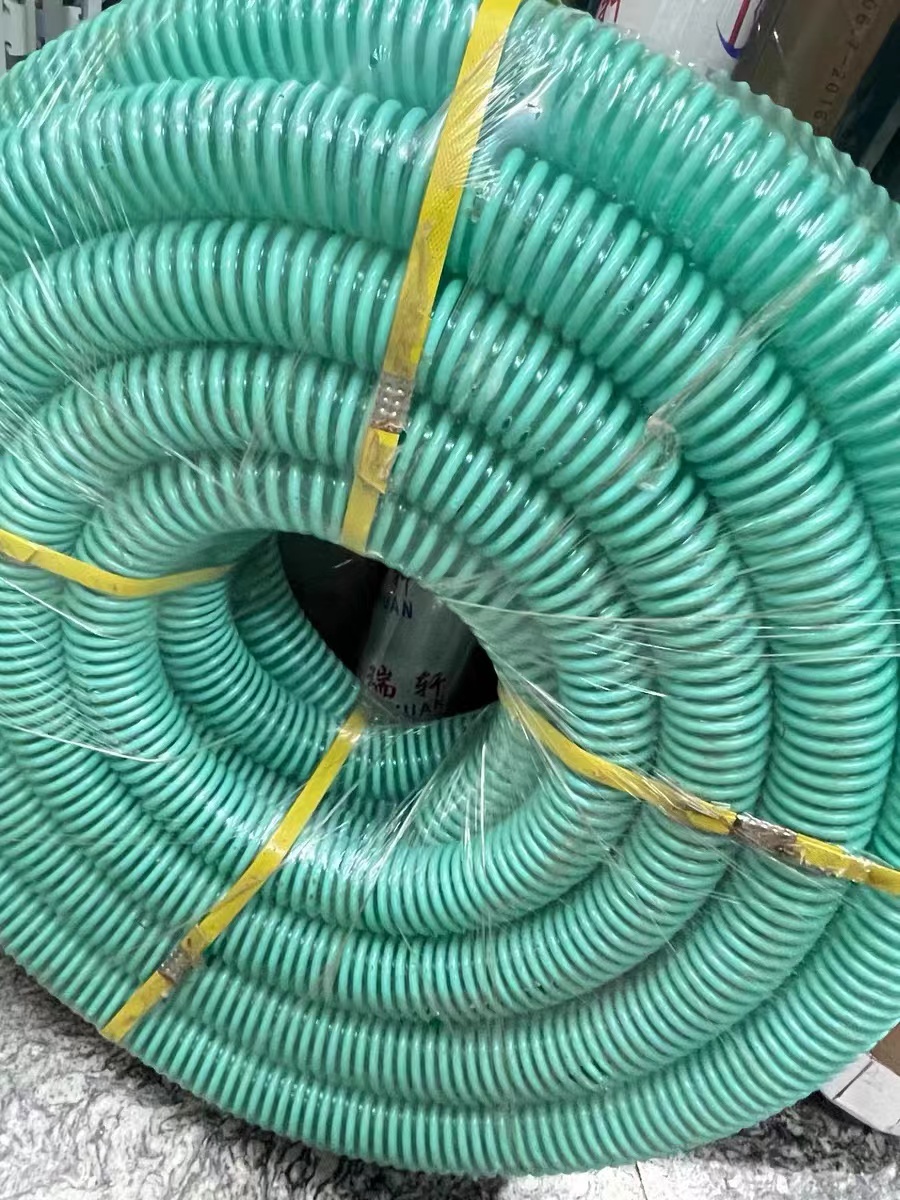suction hose vs discharge hose
When it comes to fluid transfer systems, understanding the difference between suction hoses and discharge hoses is crucial for efficient operation. Both types of hoses serve specific purposes and are designed to handle various applications, but they function in fundamentally different ways.
When it comes to fluid transfer systems, understanding the difference between suction hoses and discharge hoses is crucial for efficient operation
. Both types of hoses serve specific purposes and are designed to handle various applications, but they function in fundamentally different ways.On the other hand, discharge hoses are designed to release fluids from a system. These hoses operate under positive pressure, which means they need to be able to withstand the stress of the fluid being pushed through them. Like suction hoses, discharge hoses are constructed from resilient materials, but they often have thicker walls to handle the higher pressure. The inner diameter of discharge hoses is critical as it directly affects the flow rate; wider hoses can discharge larger volumes of fluid more efficiently. In many cases, discharge hoses are reinforced with wire or other materials to provide additional strength and prevent bursting under pressure.
suction hose vs discharge hose

One of the key considerations when choosing between suction and discharge hoses is the application. For instance, if your task involves extracting fluid from a tank, a suction hose is necessary. Conversely, if you are directing water from a pump to an irrigation system, a discharge hose would be the appropriate choice.
In summary, while both suction hoses and discharge hoses are vital components of fluid management systems, they have distinct roles. Suction hoses draw fluids under negative pressure, while discharge hoses expel fluids under positive pressure. Understanding these differences ensures proper selection and usage, leading to more efficient and effective fluid transfer operations.
-
Unrivaled Performance and Applications of PU Pneumatic Hoses and TubesNewsJun.11,2025
-
The Transparent World of Industrial Tubing and Hosing SolutionsNewsJun.11,2025
-
The Intricate World of Pneumatic Conduits: Tubes and HosesNewsJun.11,2025
-
The Dynamic Landscape of Pneumatic Conduits: Unraveling Key ComponentsNewsJun.11,2025
-
The Diverse Applications and Significance of Transparent PVC TubingNewsJun.11,2025
-
High - Pressure Pneumatic Tubing and Systems: An In - Depth LookNewsJun.11,2025














